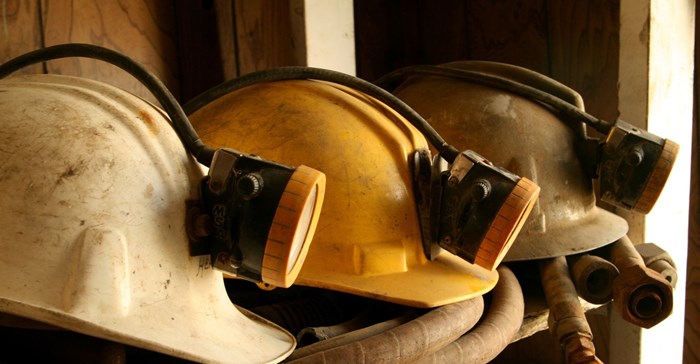
Top stories



Legal#BizTrends2026 | AI integration in the workplace
Jaimé-Lee Jacobs, Herold Gie Attorneys 15 hours



More news










Construction & Engineering
#BizTrends2026 | TPN Credit Bureau's Waldo Marcus: Resilience over expansion wins the day





Mine safety is often seen as a cultural competence, that mining houses must drive a constant awareness of safety among their staff, clients and suppliers to ensure that injuries and deaths are eliminated or kept to the absolute minimum.
This is indeed a critical part of mine operations. But when we broaden our understanding of mine safety and its determinants, it becomes clear that safety is a function of factors that encompass technology, society, and the environment.
A key way to optimise safety and minimise accidents is to reduce the man-machine interface on mines. Technology can do this through modern capabilities such autonomous, or remotely controlled machinery, which minimises the need for operators at the coal face.
For example, one of the most dangerous activities in mining is shaft sinking, which involves drilling, blasting and cleaning, often at enormous depths, using heavy machinery. Traditionally, this would expose workers concentrated in the shaft bottom to the risk of rockfalls, or machinery-related accidents.
More recently, it has become possible to operate shaft-sinking machinery remotely, significantly reducing the number of people in the shaft bottom at any stage. There have been several developments in this area around raise-bore machinery, which can excavate shafts without the need for explosives.
This reality obviously raises labour issues. The labour movement is keenly involved in initiatives to protect the safety of their members. However, where innovation affects jobs, it calls for deeper consultation.
It is worth considering, though, that many of the traditional jobs being automated are dangerous, unpleasant jobs. The modern mining economy is creating new, safer types of jobs around operating and maintaining this new machinery.
Thanks to these and other equipment improvements, and a growing safety consciousness, the mining industry has seen an 86% drop in deaths since 1994.
Another factor is that since democracy, South Africa has built an ever more robust human-rights culture, where the lives of all workers are valued and protected. Business and labour have built partnerships to ensure that work conditions – and indeed workers’ quality of life – are improved.
This underpins the need for a holistic approach to safety. If a miner is forced to endure unpleasant living conditions, with uncertainty around housing, transport and family wellbeing, he or she cannot be expected to be focused on their work. Such a lack of concentration leads to accidents and injury.
Staff wellness thus becomes a core part of mine safety. Mining houses appreciate this, and have become more involved in ensuring that staff have better standards of living. This is responsible corporate citizenship.
Once one accepts that ensuring a better quality of life for workers extends beyond the mine premises, one must also start to look at broader environmental and social conditions. A worker whose child has asthma because of inadequate dust-emissions control, or who is unhappy because of his poor quality of tap water, will be more prone to making mistakes at work and endanger his life and those of his colleagues.
Protecting the wellness of the labour force holds productivity, as well as safety benefits. Ensuring good accommodation for staff, addressing transport safety, catering, protecting workers’ natural environment and the wellbeing of their families is in the interests of all stakeholders.
In this way – despite having issues of contention – mine management and their workers have come to form bonds of mutual interest.
Therefore, when it comes to introducing modern technology onto mines – whether for safety or efficiency reasons – it is crucial that mines partner and discuss the implications of these decisions with their communities at every stage of the process.
This holds lessons for government, and for society as well, in the context of the global move away from fossil fuels to more sustainable energy sources.
Society’s managed energy transition towards renewables will also have employment implications – particularly in South Africa’s large coal industry. This must be managed with the mining labour force, and the communities it will affect – complete with the upskilling component that accompanies automation on mines themselves.
The key is for miners, and government in the broader social context, to conduct such transitions as openly and honestly as possible.
Ultimately, safety can no longer remain a siloed issue limited to best-practice behaviour while on site – as vitally important as this is. We need a holistic approach to safety, and the challenge is one of sustainability. For the mining industry to remain sustainable – and to sustain the health and livelihood of all its stakeholders – it must be part of a sustainable society.